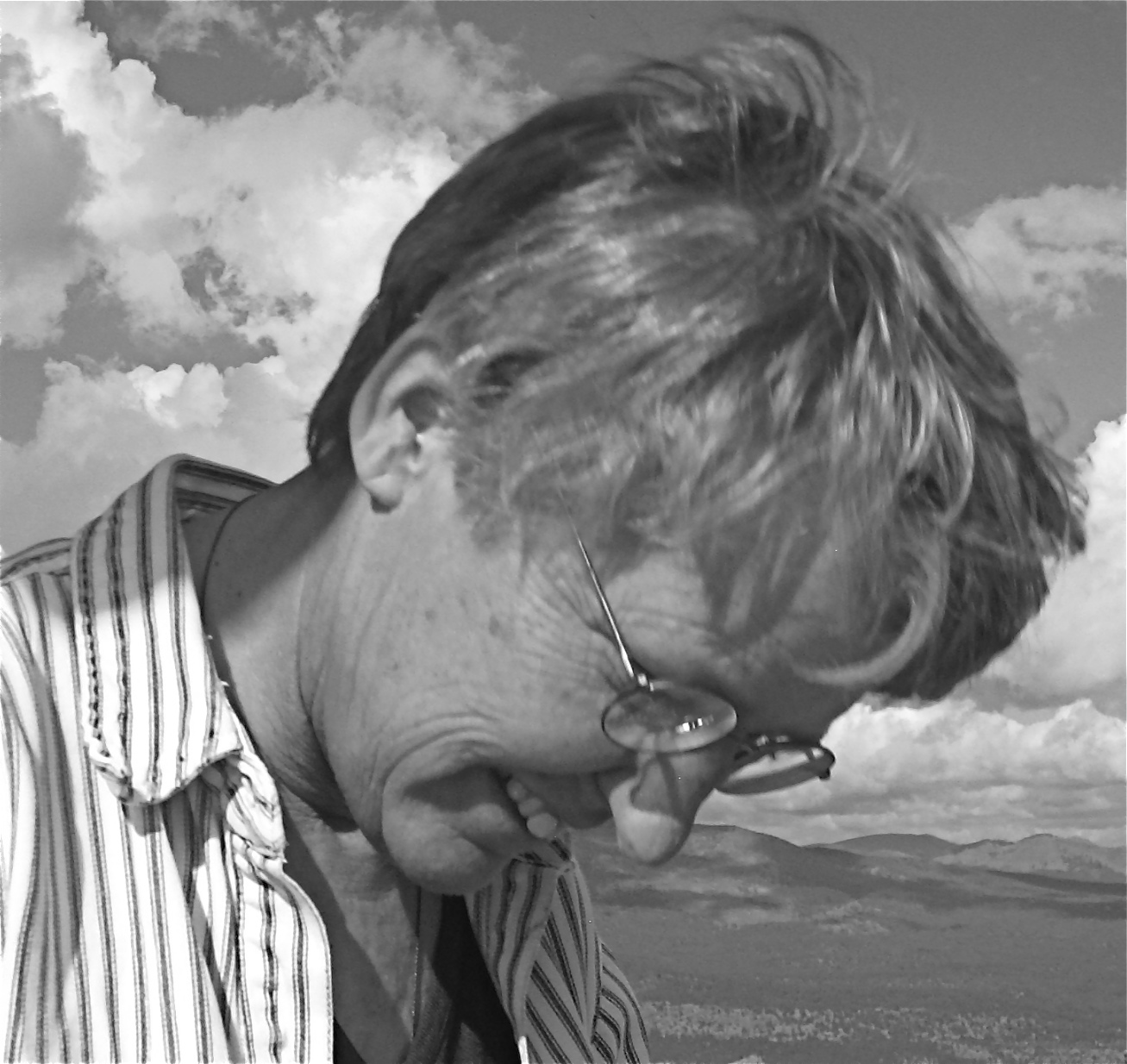Do you enjoy details of Arizona land and lore? Here is a quiz for you: where is Doyle’s Saddle? Why is there a Sharlot Hall Museum in Prescott? If you are sitting on the porch at Kane Ranch, what cliffs glow with end–of-day light? Ok, so you have walked up the Weatherford Trail, and been down to play or listen to folk music in Prescott, and if you’ve driven to the North Rim you beetled through the great vast space of House Rock Valley where black cattle from Kane Ranch chew.
Sitting on the porch of the ranch headquarters, I peer at the orange smear of Vermilion Cliffs, my eyes massaged by air and light: I can’t look away AND I can’t keep from reading the book in my lap: Sharlot Hall on the Arizona Strip. I picked it up from the library to bring to a weekend of writing with other Letter from Home columnists.
In July of 1911 Sharlot Hall hired a Flagstaff guide, Allen Doyle, and with a wagon and team they spent 75 days exploring a loop through northern Arizona. She kept a diary, writing these words inside the cover: “There is something better than making a living—making a life.” She is the Territorial Historian of Arizona with $2400 per year salary and $1800 traveling expenses and she wants to see what she is writing about.
Kate Watters describes the mission of the Grand Canyon Trust to protect and restore Plateau lands and guides us to the ranch and feeds us for the weekend so we can see what we are writing about. To balance talk of science, I return again and again to excerpts from Sharlot’s journal.
In the photo on the cover of the Northland Press book, she stands on the edge of the Grand Canyon, sure footed, with binoculars raised, a pose I echo as I peer at a raven circling a corral where a line of cows stir. I think of lines from a Sharlot Hall poem, about how people
…grow small in the huddled crowd,
And weak for the breath of spaces where a soul may speak aloud.
Shonto, Kate, and Darcy note rain over Saddle Mountain, Echo Cliffs glowing, and turquoise day turning to cobalt night.; I feast on “the breath of spaces” before us.
From the Grand Canyon Trust offices to Kane Ranch was an easy afternoon drive. Sharlot walked weeks with her wagon to get to House Rock Valley. We crossed the Colorado River by bridge. A hundred years ago Sharlot met a sign at Lee’s Ferry: FIRE A GUN HERE IF YOU WANT TO CROSS. There was no Arizona state yet, the Forest Service was a new idea, the BLM didn’t exist.
Pile rocks together to make a couple of rooms out of the wind, add a wooden porch and a hitching post and you have the headquarters at Kane Ranch that has hosted cattle since the 1870s. Now managed by the Grand Canyon Trust, there is added to beef production the herding of ideas. If you love land you will have met the questions: what good is open space anyway? What do we lose when we don’t preserve environments? Does one use matter more than a myriad of uses?
In my daily patterns, I don’t think about Bouteloua gracilis much, but when the curl of blue gramma grass catches the light and seems to be speaking to a near full moon breaking out of clouds, I lean forward to listen. I hear Sharlot and Allen, too, rattling along the dirt road far enough away—a century and ten miles–that only a small ball of dust in my imagination suggests their presence. They’re going to be out for many weeks, pausing to look closely and name what they see to inform the public and people in charge of an emerging state’s future. She’ll describe potential for lumber and grazing and what kind of pioneer it takes to make a living, but she doesn’t forget to speak with wonder, too. Land shapes her soul. Her editor Charles Lummis said it well, describing Sharlot Hall as “a fine, quiet loveable woman made strong and wise and sweet by life in unbuilded spaces.” I take a deep breath and look forward to meatballs made from Kane cattle, but it is the miles in all directions of “unbuilded” public land that gives me the nutrition I need most.

